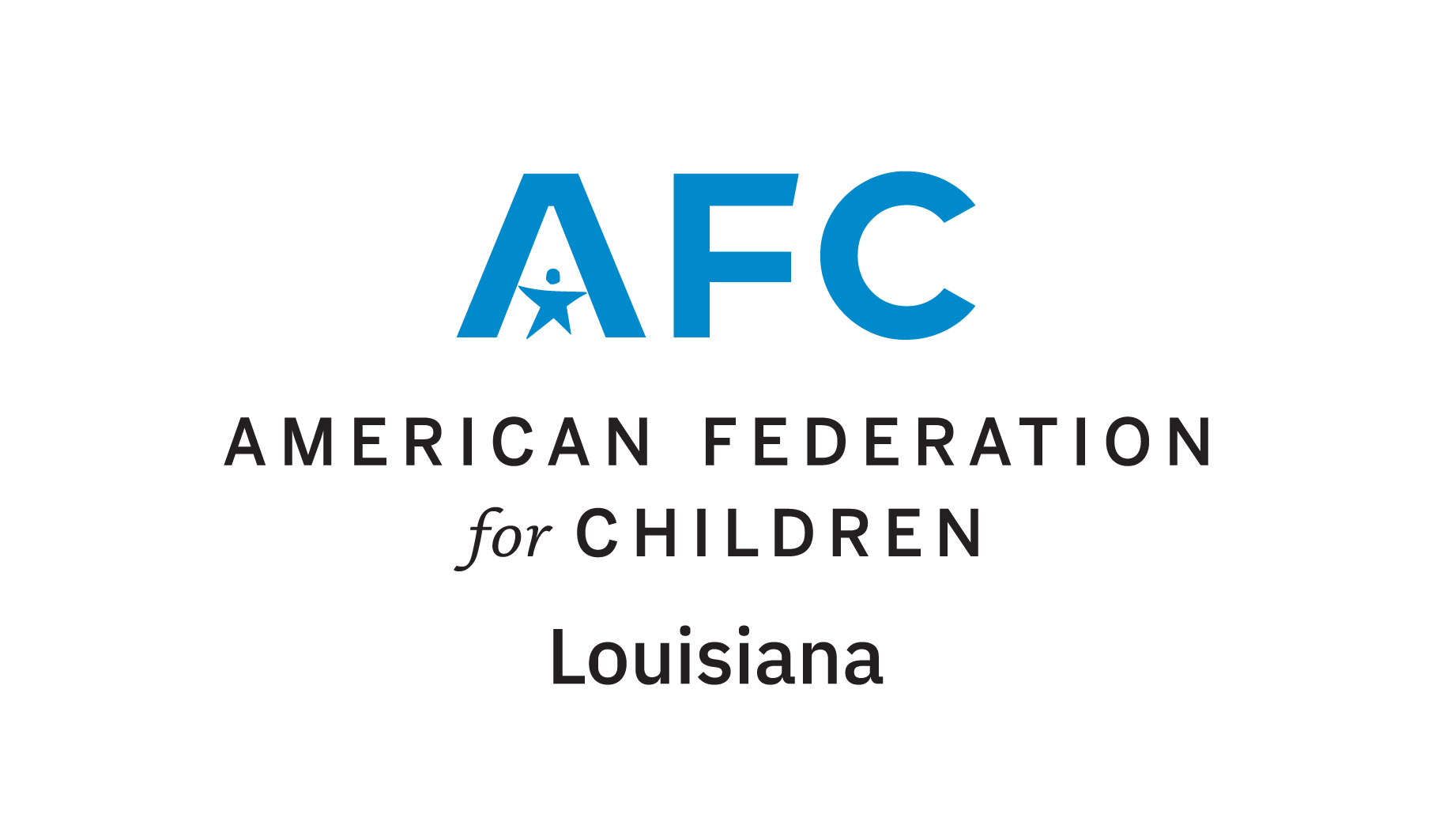School Choice and the Whatever It Takes Attitude
by Tiffany Crawford
 In the 1989 movie “Lean on Me,” inner-city high school principal Joe Louis Clark inherits a school at risk of being taken over by the New Jersey state government unless there is a marked improvement in test scores. The movie shows the school riddled by drug dealers and every societal ill. Despite the severe challenges in the school, Principal Clark makes radical changes to the environment of the school and raises student expectations. His “whatever it takes attitude” changes the culture of the school and turns the trajectory of the school around.
In the 1989 movie “Lean on Me,” inner-city high school principal Joe Louis Clark inherits a school at risk of being taken over by the New Jersey state government unless there is a marked improvement in test scores. The movie shows the school riddled by drug dealers and every societal ill. Despite the severe challenges in the school, Principal Clark makes radical changes to the environment of the school and raises student expectations. His “whatever it takes attitude” changes the culture of the school and turns the trajectory of the school around.
In the 1995 movie “Dangerous Minds,” a young woman accepts a job as a teacher in an inner-city school. With no teaching experience, she uses her military experience to engage and teach children. Each day, she makes it a point to learn the strengths and weaknesses of her students. She explores their cultural backgrounds, learns their associations and figures out a creative way to capture their hearts and minds. Through innovation and determination, we see the lives of these young people changed for the better. We see that her “whatever it takes attitude” makes the difference.
Let’s fast forward to now.
We live in a world where we have the power to retrieve almost any information and communicate in hundreds of different ways using a device that fits into our pockets. Not only are there smart phones, but there are smart cars and smart homes. Technology is constantly improving. I wait with baited breath to see what new thing is coming down the pipeline. The fact that I can park my car without using rearview and side mirrors still fascinates me. Our lives have been transformed by the industrial revolution and technology. I can’t wait to see what technological marvels are coming next.
These marvels, however, present a few questions that I, and many others, feel must be asked and answered.
Why hasn’t our educational system taken the same trajectory at the same pace? Why is it that in an age of such advancement, we are still plagued with political, social and spiritual ills that affect the modern day classroom?
Recently, AFC’s Louisiana grassroots team had the opportunity to make a presentation to school principals of the Archdiocese New Orleans. These principals shared with the team how they are addressing socioeconomic and cultural differences within their schools. We heard firsthand how they are using technology in the classroom to close learning gaps with their students.
St. Mary’s Academy administrator Darlene Hutchinson discussed how getting men involved in the life of the school has changed the momentum. Not only do the children get to see their fathers actively involved in their learning environment, the school has seen a shift in parent participation because everyone is involved and everyone understands that it is everyone’s job to be involved.
The simple reality is that as technology advances so do societal ills. In light of this fact, how do we fix the gap and close the disparities that exist in the classroom?
The solution may be a simple one.
We must keep working. We must keep developing innovative ways to reach all of our children. We must give our parents a choice in how their children are educated. We cannot think that small things and changes don’t matter. I have seen what a “whatever it takes attitude” can do, and it is happening across the country.
Minds are being transformed. Lives are being changed. Students are excelling. Don’t believe for one second that it only happens in the movies!
